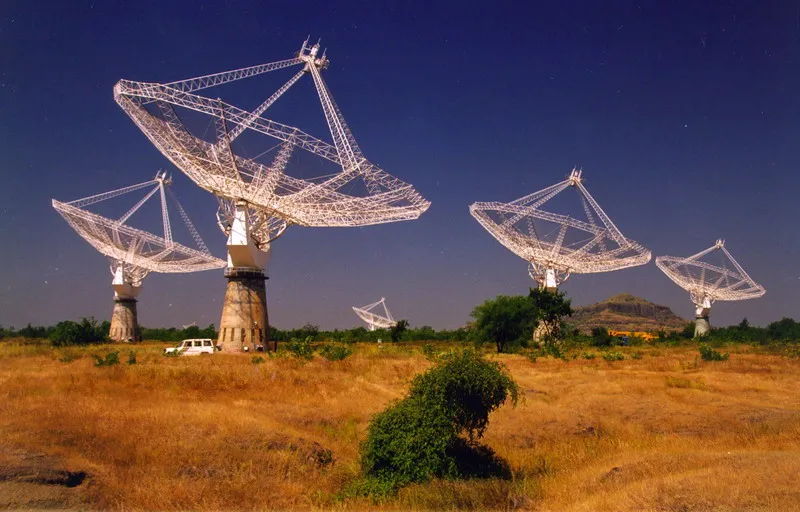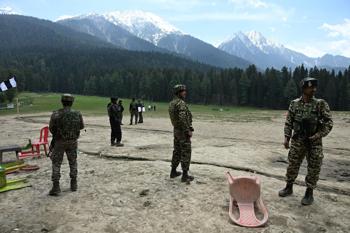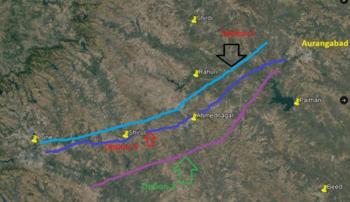GMRT Will Not Be Relocated for Pune-Nashik Rail Project: Railway Minister Ashwini Vaishnaw
In a significant decision balancing development and scientific heritage, Railway Minister Ashwini Vaishnaw announced on Saturday, January 11, 2025, that the Giant Metrewave Radio Telescope (GMRT) near Pune will remain undisturbed despite the in-principle approval of the Pune-Nashik semi-high-speed rail project. The only viable solution, he stated, would be to realign the proposed railway project to ensure the telescope’s integrity and functionality.
The GMRT, situated in Khodad village near Narayangaon, approximately 60 kilometers from Pune, is one of the most sensitive radio telescopes in the world, serving as a critical facility for astronomical research. It is not just an Indian asset but a collaborative effort involving 23 countries, underscoring its global importance.
Concerns arose among researchers and the scientific community about the potential disruption to GMRT’s operations following the rail project’s approval. The proposed alignment of the railway line posed a significant challenge to the uninterrupted functioning of this state-of-the-art observatory.
While addressing a press conference at C-DAC in Pune, Vaishnaw firmly dismissed any plans to relocate the GMRT. “Shifting the GMRT would not only weaken one of the most powerful scientific research facilities in India but also require consensus from 23 countries. This makes relocation impractical and detrimental to scientific progress,” he explained.
The minister emphasized that preserving GMRT’s current location is paramount due to its unparalleled contribution to astronomical research. He also assured the public and scientific community that the observatory’s operations will remain unaffected.
With the GMRT’s relocation off the table, the focus shifts to altering the alignment of the Pune-Nashik semi-high-speed rail project. Vaishnaw elaborated on the challenges posed by the geography of the region.
“If we move the alignment westward towards the Arabian Sea, the presence of ghats will complicate the project. On the other hand, the existing Manmad-Ahilyanagar-Daund route presents an option for a parallel alignment. Another potential route under consideration is the Nashik-Shirdi-Ahilyanagar-Pune high-speed alignment,” Vaishnaw stated.
He confirmed that teams are actively working on these alternatives, with results expected soon. The revised alignment will ensure that the GMRT’s operations are preserved without compromising the feasibility of the railway project.
The decision to prioritize the GMRT while moving forward with the railway project demonstrates a thoughtful approach to infrastructure development. Vaishnaw reiterated the government’s commitment to both scientific heritage and modernization.
“The GMRT is a great heritage for India and the world. It will not be disturbed. At the same time, the Pune-Nashik railway project will also materialize, ensuring progress and connectivity in the region,” he assured.
This resolution marks a victory for both the scientific community and proponents of the rail project. By opting for a realignment, the government has ensured that the GMRT remains a beacon of scientific excellence, while paving the way for enhanced transportation infrastructure.
The final decision on the railway alignment is eagerly awaited, as it promises to strike a harmonious balance between preserving scientific heritage and fostering regional development.









Leave a comment
0 comment